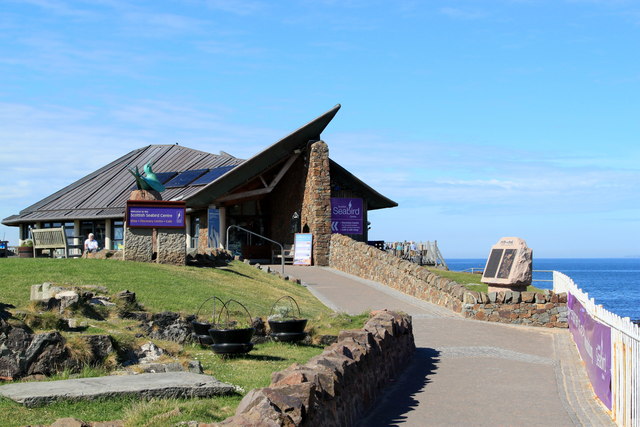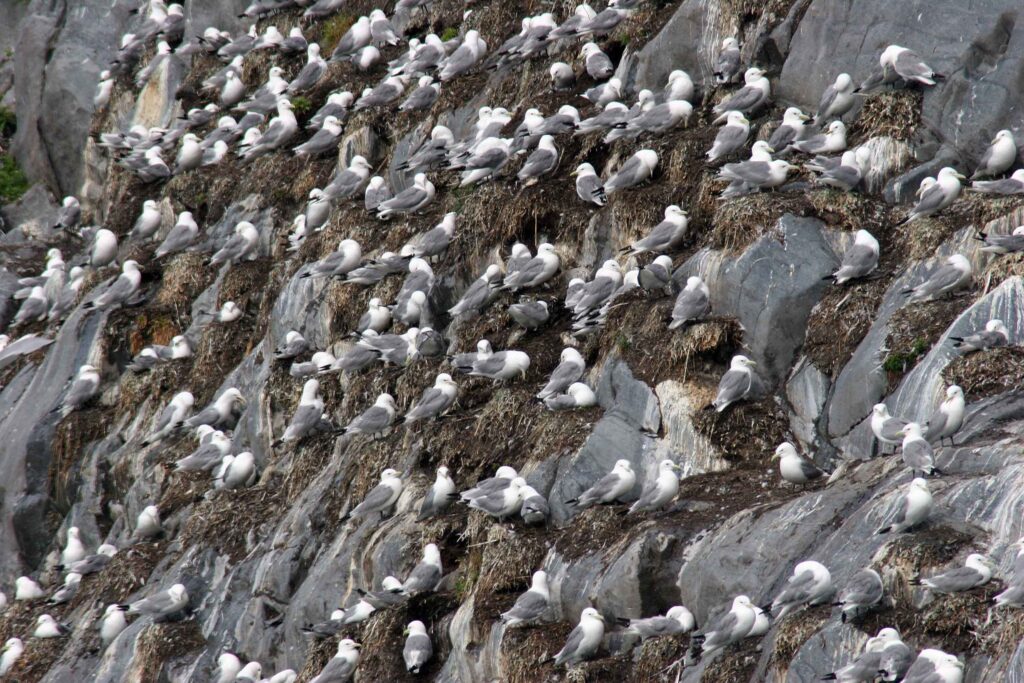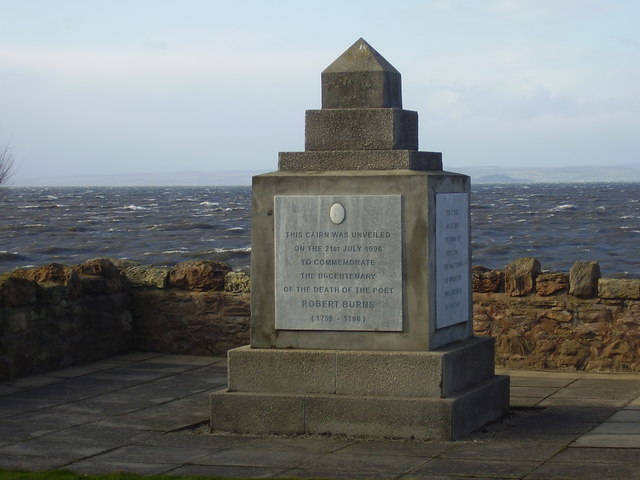126 High Street, Dunbar, EH42 1JJ

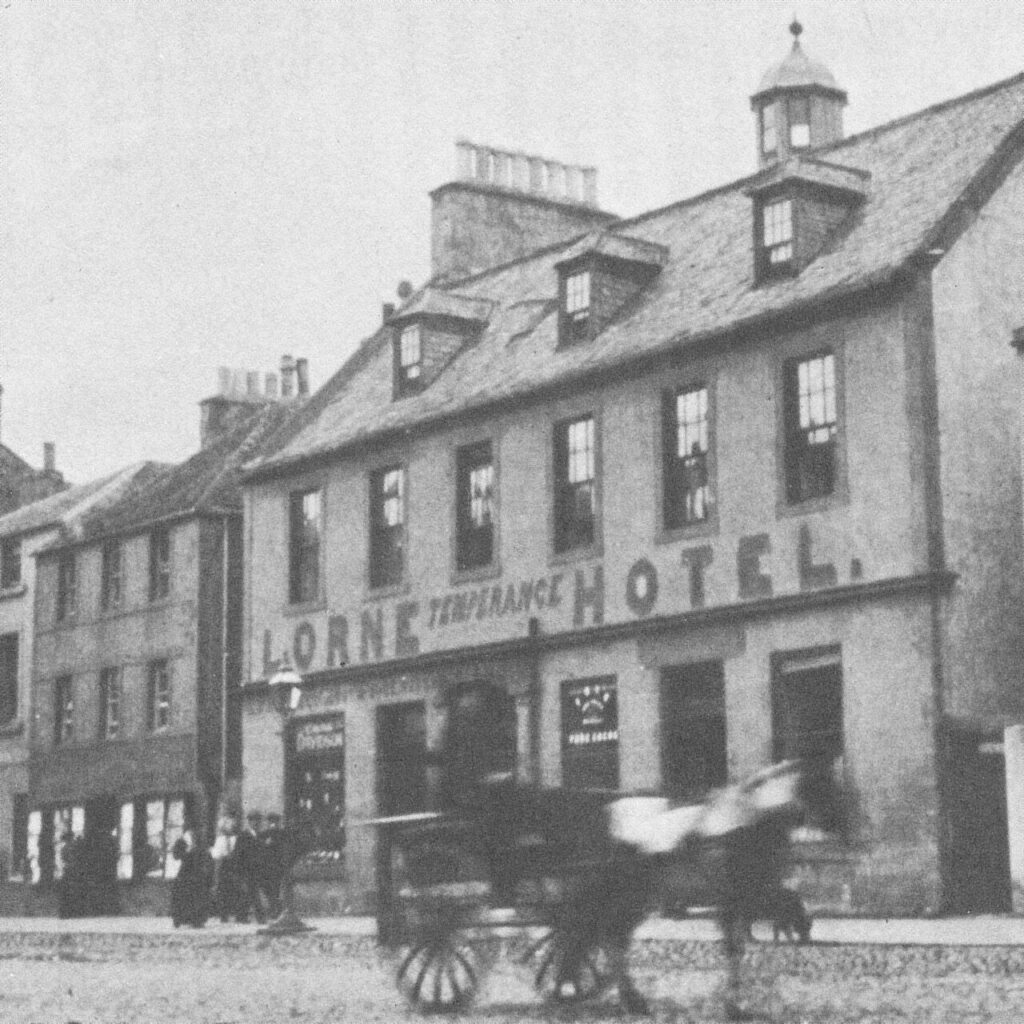
John Muir, the pioneering naturalist and preservationist, was born on 21 April 1838 in the house at 126 High Street in Dunbar. His family moved to US when he was 11 years old and following eclectic studies at the University of Wisconsin, Muir dedicated his life to exploring, describing and advocating for the protection of wildness. He was instrumental in the protection of the Yosemite National Park in US, as well as other areas of outstanding natural beauty in the American West. He is noted for advancing the “preservationist” principles to wilderness protection, eschewing any human “use” of natural environment, in contrast to the “milder” conservationist movement, where more exploitative activities are permitted, as long as some of the area is preserved.
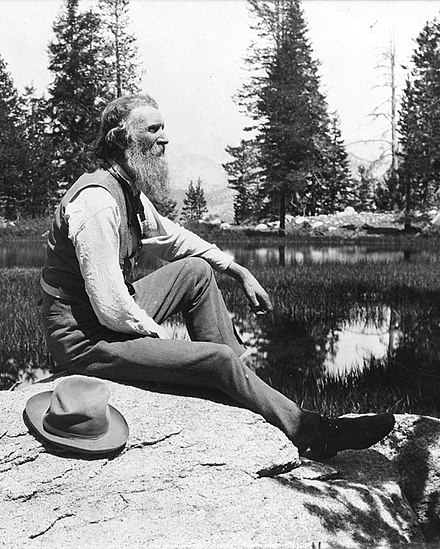
Muir was a prolific writer and published books describing his time in the wild as well as botanical and geological theories. He was well known in his time, and with his “celebrity” status, he spent time in the wild with the US President Theodore Roosevelt as well as scientists, artists and philanthropists. In his honour, his birthplace is now a museum dedicated to interpreting his life and work, and is also the staring point of the John Muir Way, a walking route connecting Scotland’s East and West coast (Dunbar-Helensburgh). The John Muir Country Park, a conservation area dedicated to local coastal flora and fauna is located to the North of Dunbar.

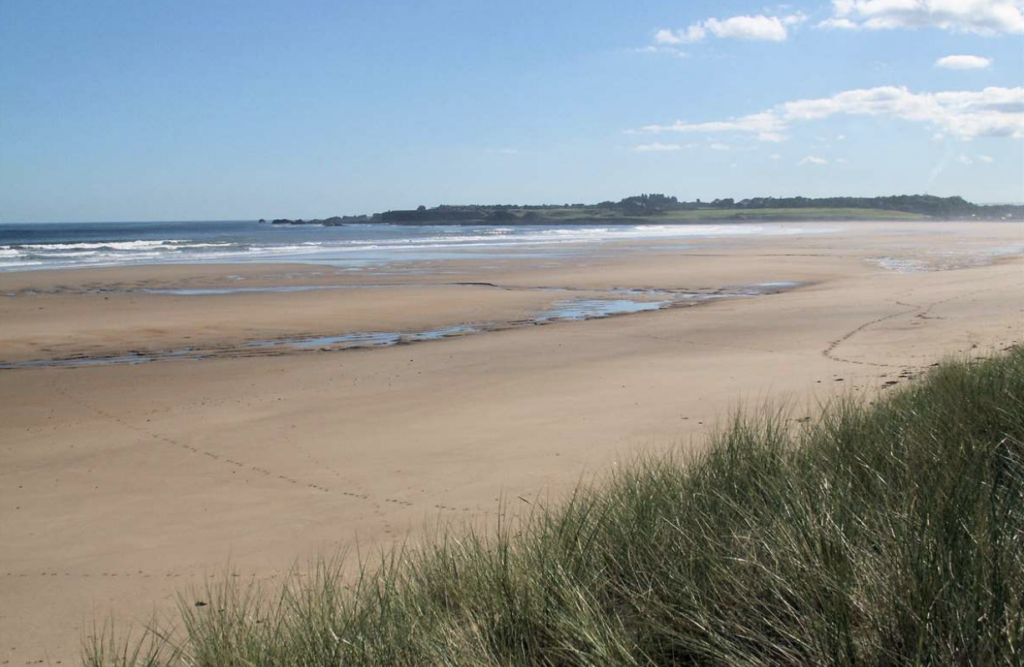
John Muir’s Birthplace https://www.jmbt.org.uk/
John Muir’s Way https://johnmuirway.org/



